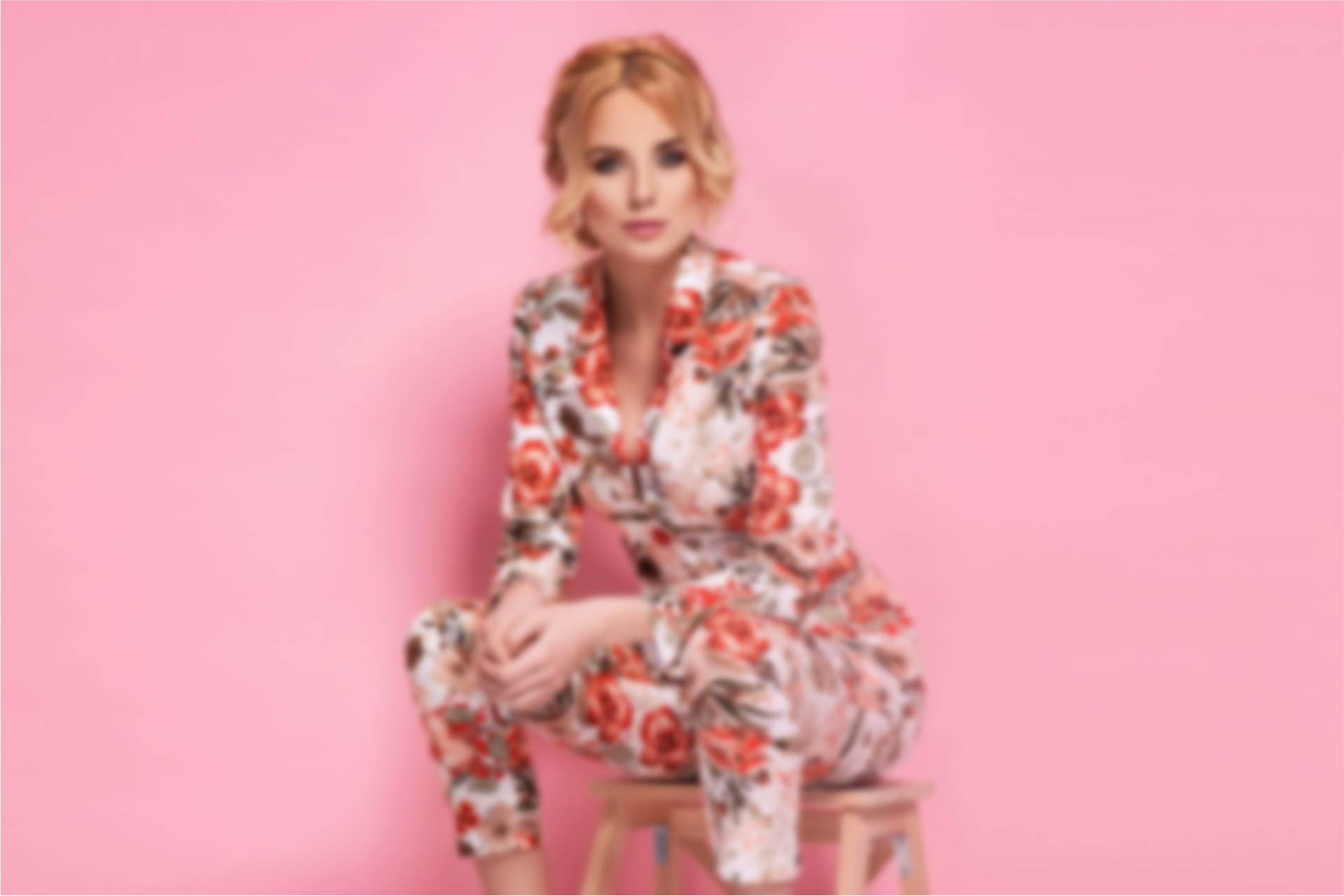Bangladesh knitwear vs woven garment manufacturing offers unique insights for global brands. Dress Merchant, a leading apparel sourcing agent, helps businesses choose the right manufacturers and ensures high-quality production, efficient sourcing, and reliable export solutions. Explore our expertise in Bangladesh knitwear vs woven garment manufacturing to optimize your supply chain and elevate your brand’s apparel production.
Thank you for reading this post, don't forget to subscribe!1. Overview of Bangladesh Knitwear and Woven Garment Industry
Bangladesh has emerged as a global hub for the garment manufacturing industry, particularly in knitwear and woven garments. Knitwear production in Bangladesh focuses on flexible, stretchable fabrics like jerseys, rib knits, and interlocks, making it suitable for T-shirts, polo shirts, and activewear.
On the other hand, woven garments manufacturing caters to structured apparel such as shirts, trousers, jackets, and denim products. The country’s vast pool of skilled labor, advanced factory infrastructure, and cost-effective production have positioned it as a leading exporter globally. According to industry reports, Bangladesh exports millions of garments annually, with knitwear accounting for nearly half of the total export revenue, while woven garments contribute significantly to high-value orders.
The growth of these sectors is driven by the country’s ability to maintain high-quality garment production standards while offering competitive prices. As fashion brands increasingly source from Bangladesh, understanding the distinction between knitwear and woven garments becomes essential for businesses and buyers looking for reliable suppliers.
Keywords: Bangladesh knitwear manufacturing, woven garments production, garment industry Bangladesh, apparel export Bangladesh
2. Understanding the Manufacturing Processes: Knitwear vs Woven Garments
The manufacturing process of knitwear involves looping yarns to create stretchable fabrics, often using circular or flat knitting machines. Knitwear is ideal for casual, fitted clothing due to its elasticity, which allows freedom of movement. Woven garments, however, are made by interlacing warp and weft yarns, resulting in stronger and more durable fabrics.
This method is highly suitable for formal wear and structured clothing. The production of woven garments generally requires more complex machinery, longer setup times, and careful fabric finishing processes.
In Bangladesh, both knitwear and woven garment manufacturing benefit from advanced textile factories equipped with modern technology. Quality control during production is critical, particularly for woven garments, where precision in stitching and cutting directly impacts the final product.
Understanding these differences helps apparel buyers make informed decisions about garment sourcing in Bangladesh, ensuring the right balance between flexibility, durability, and production efficiency.
Keywords: knitwear manufacturing Bangladesh, woven garment production, garment production process, apparel manufacturing
3. Key Material Differences Between Knitwear and Woven Garments
Material selection plays a vital role in differentiating knitwear vs woven garments. Knitwear typically uses soft, stretchable fabrics such as cotton jersey, polyester blends, and rib knits, providing comfort and flexibility.
These materials are lightweight, breathable, and suitable for everyday wear or sports apparel. Woven garments, in contrast, are made from more structured fabrics like poplin, twill, denim, and oxford cloth, offering durability and a crisp finish for formal or professional clothing. Bangladesh has a robust textile sector capable of producing both types of fabrics at scale, ensuring that global buyers receive high-quality garment materials.
Selecting the right material is crucial for product longevity, style, and market competitiveness. Additionally, knitwear fabrics are more forgiving during cutting and stitching, while woven fabrics require precise craftsmanship to prevent shrinkage or distortion.
By understanding these material differences, apparel manufacturers and buyers can optimize production, enhance garment quality, and meet global fashion standards efficiently.
Keywords: knitwear fabrics Bangladesh, woven garment fabrics, garment material sourcing, high-quality fabrics
4. Design and Fashion Flexibility: Knitwear vs Woven Apparel
One of the primary distinctions between Bangladesh knitwear and woven garments lies in design versatility. Knitwear fabrics are inherently stretchable, allowing designers to create fitted silhouettes, casual wear, and activewear with ease. They also accommodate creative patterns, textures, and color variations without compromising comfort.
Woven garments, however, are more structured and are preferred for tailored clothing such as suits, formal shirts, and trousers. The rigid nature of woven fabrics offers precision in pleats, darts, and seams, enabling intricate designs.
Bangladesh’s garment industry provides both options to meet diverse fashion requirements. Modern factories in Bangladesh are equipped with digital printing, embroidery, and finishing technologies that enhance design flexibility in knitwear and woven garments.
For international buyers, understanding these differences is key to sourcing apparel that meets both aesthetic and functional standards. Whether aiming for contemporary casual wear or sophisticated formal collections, Bangladesh offers expert garment manufacturing solutions across both categories.
Keywords: knitwear design Bangladesh, woven garment design, fashion flexibility, garment manufacturing solutions
5. Cost Analysis: Knitwear vs Woven Garment Manufacturing in Bangladesh
Cost efficiency is a major reason why global brands prefer Bangladesh for garment sourcing. Knitwear manufacturing in Bangladesh tends to be faster and more cost-effective due to simpler production processes, less fabric wastage, and reduced labor intensity.
Woven garments, however, require more intricate cutting, sewing, and finishing, resulting in slightly higher production costs. Raw material prices also differ, with woven fabrics generally being more expensive due to the complexity of weaving and finishing. Despite these variations, Bangladesh remains highly competitive, offering affordable garment production without compromising on quality.
The combination of low labor costs, large-scale textile infrastructure, and export-friendly policies ensures that buyers can achieve optimal ROI when sourcing both knitwear and woven garments.
Companies looking to scale their operations often leverage Bangladesh’s expertise to balance cost, quality, and production timelines efficiently. Understanding these financial dynamics helps brands make strategic decisions in Bangladesh apparel sourcing.
Keywords: knitwear manufacturing cost, woven garment production cost, garment sourcing Bangladesh, affordable garment production
6. Export Opportunities and Global Demand
Bangladesh is the second-largest apparel exporter globally, offering vast export opportunities for knitwear and woven garments. Knitwear, due to its versatility and comfort, dominates markets in Europe, the USA, and Asia, particularly for casual wear and sportswear collections. Woven garments are equally in demand for formal and professional clothing, including shirts, trousers, and jackets.
The country benefits from preferential trade agreements such as duty-free access to the EU under GSP, making Bangladesh garment exports highly competitive. International buyers value the country’s ability to deliver large-scale orders efficiently while maintaining strict quality standards.
Both knitwear and woven garments produced in Bangladesh meet international compliance requirements, including ISO certifications and social compliance audits. With growing global demand for ethically sourced and high-quality apparel, Bangladesh continues to strengthen its position as a preferred destination for garment sourcing solutions.
Keywords: Bangladesh garment exports, knitwear export Bangladesh, woven garment export, apparel sourcing solutions
7. Sustainability in Bangladesh Knitwear and Woven Production
Sustainability has become a critical focus for global apparel brands. Bangladesh is increasingly adopting eco-friendly knitwear and woven garment manufacturing practices to reduce environmental impact.
Many factories now use water-saving dyeing techniques, organic cotton, recycled fibers, and energy-efficient machinery. Knitwear production is often more adaptable to sustainable practices due to less material wastage, while woven garment manufacturing is incorporating eco-friendly finishing and reduced chemical treatments.
By prioritizing sustainable garment production in Bangladesh, manufacturers meet the rising demand for green fashion and comply with international environmental standards.
This not only enhances the global reputation of Bangladeshi garments but also attracts conscious buyers looking for ethical sourcing partners. Sustainability initiatives, combined with skilled craftsmanship, allow Bangladesh to offer high-quality knitwear and woven garments that align with global trends.
Keywords: sustainable garment production Bangladesh, eco-friendly knitwear, green woven garments, Bangladesh textile sustainability
8. Quality Control and Compliance Standards
Bangladesh’s garment industry emphasizes strict quality control for knitwear and woven garments. Factories implement multi-stage inspection systems, including fabric testing, stitching accuracy checks, and final product audits.
Knitwear requires careful monitoring of fabric stretch, resilience, and seam strength, while woven garments demand precision in cutting, sewing, and finishing. Compliance with international standards such as OEKO-TEX, ISO, and social audits ensures that garments exported from Bangladesh meet global buyer expectations.
By maintaining high quality assurance standards, Bangladesh has positioned itself as a trusted supplier of both knitwear and woven apparel. Buyers benefit from consistent product quality, reduced defect rates, and reliable supply chains, making Bangladesh an ideal destination for garment sourcing and manufacturing.
Keywords: garment quality control Bangladesh, knitwear quality assurance, woven garment compliance, apparel manufacturing standards
9. Challenges in Knitwear vs Woven Garment Manufacturing
Despite its success, Bangladesh faces challenges in knitwear and woven garment manufacturing. Knitwear production may encounter issues such as inconsistent fabric tension, shrinking, or color fading, while woven garments face risks related to precise cutting, labor-intensive stitching, and finishing defects.
Other challenges include fluctuating raw material prices, skilled labor shortages, and maintaining compliance with international labor and environmental standards. Technological gaps in smaller factories can also affect production efficiency.
However, many Bangladeshi manufacturers are investing in modern machinery, digital quality control systems, and workforce training to overcome these hurdles. By addressing these challenges, Bangladesh continues to enhance its reputation as a reliable garment manufacturing hub for both knitwear and woven apparel, meeting global demand effectively.
Keywords: knitwear manufacturing challenges, woven garment production issues, Bangladesh garment industry, apparel manufacturing solutions
10. Future Trends: Knitwear vs Woven Garments in Bangladesh
The future of Bangladesh knitwear and woven garment manufacturing looks promising with increasing adoption of automation, digital printing, and sustainable fabrics. Knitwear is expected to grow in casual, activewear, and athleisure segments due to its comfort and flexibility. Woven garments will continue to dominate formal, professional, and premium apparel markets.
Technological integration, such as automated cutting machines, AI-based quality inspection, and eco-friendly dyeing, will further enhance efficiency and product consistency. Bangladesh’s ability to adapt to global fashion trends, prioritize sustainability, and maintain high-quality garment standards positions it as a long-term leader in the international apparel market.
Both knitwear and woven manufacturers in Bangladesh are gearing up to meet evolving buyer expectations while expanding export opportunities worldwide.
Keywords: future of garment manufacturing Bangladesh, knitwear trends Bangladesh, woven garment trends, Bangladesh apparel industry
Conclusion: Bangladesh knitwear vs woven garment manufacturing
Bangladesh continues to be a global powerhouse in the apparel manufacturing industry, offering unparalleled advantages in both knitwear and woven garment production. Knitwear manufacturing in Bangladesh provides flexibility, speed, and cost-efficiency, making it ideal for fashion-forward brands seeking contemporary, casual, and high-volume collections. On the other hand, woven garment manufacturing emphasizes durability, structure, and premium quality, catering to brands targeting formal, tailored, and high-end apparel segments.
As a trusted garments buying agent and sourcing partner, Dress Merchant understands the distinct strengths and production nuances of both knitwear and woven garments. By leveraging Bangladesh’s robust manufacturing infrastructure, skilled workforce, and competitive pricing, we ensure that our clients receive top-quality products, timely delivery, and solutions tailored to their brand’s specific requirements. Whether you are sourcing trendy knitwear or sophisticated woven apparel, Bangladesh remains a strategic destination for efficiency, quality, and innovation in garment manufacturing.
Partnering with Dress Merchant ensures a seamless sourcing experience, bridging the gap between global fashion brands and Bangladesh’s thriving apparel industry, while maximizing value, quality, and compliance every step of the way.












